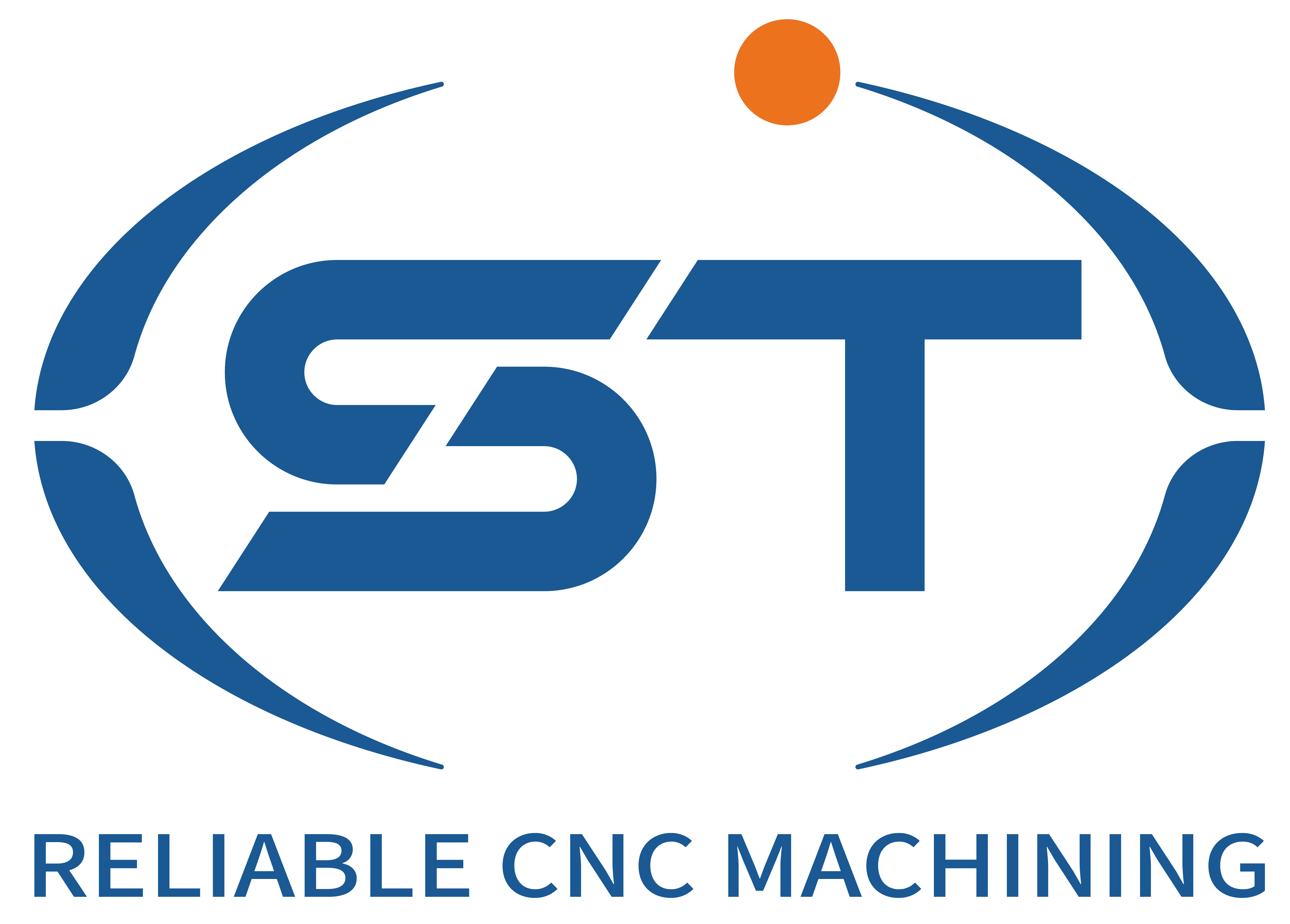Table of Contents
ToggleIntroduction to Aluminum Machining
Aluminum machining is becoming increasingly popular due to the material’s unique set of properties that cater to a wide range of industrial applications. One of the most noteworthy characteristics of aluminum is its lightweight nature, which is crucial in sectors such as aerospace, automotive, and consumer goods. This property not only enhances the performance of the products but also contributes to energy efficiency, as lighter components often require less fuel or energy to operate.
Another significant advantage of aluminum as a machining material is its cost-effectiveness when compared to other metals like steel or titanium. While the initial cost of aluminum might be slightly higher in certain contexts, its lightweight nature allows for reduced shipping costs and energy savings during operation. Furthermore, the machining process for aluminum is generally less complex and time-consuming, leading to lower manufacturing costs overall. These economic benefits make aluminum an attractive choice for businesses looking to streamline production while maintaining high-quality outputs.
In addition to being lightweight and cost-effective, aluminum is also known for its ability to achieve a superior finish. The surface finish of machined aluminum components is often exceptional, making it an ideal choice for products that require aesthetic appeal as well as functionality. Aluminum can be anodized or coated, enhancing its corrosion resistance while further improving its appearance. These finishing options allow manufacturers to meet specific design requirements without compromising on performance or safety standards.
Due to these combined advantages, aluminum has secured its position as a preferred material in CNC machining. Its versatility and adaptability to various machining techniques signify that it is well-suited for a range of applications, paving the way for innovative design and engineering solutions across multiple industries.
Key Advantages of Aluminum
Aluminum is recognized as an exceptional material in the realm of machining, primarily due to its low density. This property not only enhances ease of handling but also leads to significant efficiencies in processing. Compared to traditional materials such as steel, aluminum is substantially lighter, which can result in reduced energy consumption during manufacturing processes. This is particularly beneficial in industries where the weight of components plays a critical role, such as aerospace and automotive engineering.
Furthermore, the lightweight nature of aluminum allows for more intricate and complex designs without the associated weight penalties that heavier materials entail. Manufacturers can explore innovative design possibilities that were previously thought impractical due to structural constraints imposed by heavier materials. This flexibility in design fosters creativity and enables the production of components that optimize performance while maintaining structural integrity.
Cost benefits are another notable advantage of aluminum. The ease of machining coupled with its lightweight characteristics often results in reduced tooling and transportation costs. Manufacturers experience lower expenses in material handling and can achieve faster production times due to the favorable machining properties of aluminum. Additionally, lower weights facilitate reductions in shipping costs, enhancing overall economic efficiency.
Aluminum’s versatility further contributes to its popularity across various industries. It can be found in applications ranging from consumer electronics to construction and automotive parts. The ability to be easily extruded, molded, and fabricated into numerous forms allows for customized solutions to meet specific needs. With its favorable properties including corrosion resistance and excellent thermal conductivity, aluminum stands out as a superior choice for a multitude of applications.
Benefits of High Machinability
Machinability refers to the ease with which a material can be cut, shaped, or finished using various machining processes. Aluminum stands out in this regard, exhibiting remarkably high machinability compared to other metals, which is a significant advantage in manufacturing. High machinability implies that aluminum can be processed quickly and accurately, resulting in shorter production times and lower overall costs. This efficiency is crucial in industries where precision and speed are paramount, such as aerospace and automotive engineering.
One of the key properties that contribute to aluminum’s exceptional machinability is its low density, which allows for easier handling and reduced tool wear. During CNC machining, the cutting tools encounter less resistance, thereby extending their lifespan and requiring less frequent replacements. Moreover, aluminum’s excellent thermal conductivity helps dissipate the heat generated during machining, minimizing the risk of deformation and ensuring that tolerances are maintained. These characteristics make aluminum an ideal candidate for intricate designs and tight specifications.
Common machining processes for aluminum include milling, turning, drilling, and grinding. Each of these methods takes advantage of aluminum’s unique properties. For instance, in milling operations, aluminum can be cut at higher speeds without compromising surface quality. This results in a smoother finish and often eliminates the need for additional finishing processes. Turning operations also benefit from aluminum’s ability to produce fine threads and precise diameters, further enhancing the material’s usability in various applications.
Ultimately, the high machinability of aluminum enables manufacturers to produce complex components efficiently while maintaining the integrity of the design. By utilizing aluminum, businesses can achieve a superior end product, which resonates well in a competitive market where quality and efficiency are essential for success.
Conclusion: Aluminum as the Material of Choice
Throughout this discussion, we have explored the various advantages that aluminum presents as a premier machining material. Its unique characteristics make it the preferred choice for numerous applications in diverse industries. First and foremost, the lightweight nature of aluminum significantly impacts the design and functionality of components, allowing for easier handling and reduced energy consumption in various processes. This attribute is particularly beneficial in aerospace and automotive sectors, where every ounce matters.
Cost-effectiveness is another vital consideration. Aluminum is abundant and relatively inexpensive to source, making it an economical option for manufacturers. Its recyclability further enhances its financial appeal, as recycled aluminum retains its properties and can be remanufactured without quality loss, providing a sustainable solution for an ever-evolving market.
In addition to weight and cost, the finish quality of aluminum is noteworthy. Parts machined from aluminum can achieve superior surface finishes, leading to enhanced aesthetic and functional properties. This is particularly important for consumer products where visual appeal is key to marketability. Furthermore, the machinability of aluminum cannot be overlooked. Its favorable properties allow for efficient cutting and shaping, reducing wear on tooling and ultimately extending the lifespan of equipment.
Looking to the future, ongoing innovations in alloy development and machining techniques are likely to further elevate the status of aluminum in manufacturing. As new technologies emerge, the ability to enhance aluminum’s mechanical properties and expand its range of applications will continue to evolve. This progression will reinforce aluminum’s position not only as a machining material but as a cornerstone in various engineering advancements. Such factors underline why aluminum remains a prominent choice for manufacturers seeking optimal performance and economic viability.




